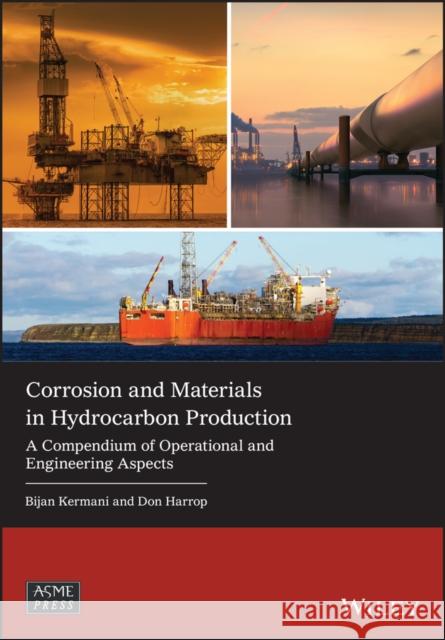Corrosion and Materials in Hydrocarbon Production: A Compendium of Operational and Engineering Aspects » książka
topmenu
Corrosion and Materials in Hydrocarbon Production: A Compendium of Operational and Engineering Aspects
ISBN-13: 9781119515722 / Angielski / Twarda / 2019 / 320 str.
Corrosion and Materials in Hydrocarbon Production: A Compendium of Operational and Engineering Aspects
ISBN-13: 9781119515722 / Angielski / Twarda / 2019 / 320 str.
cena 592,91
(netto: 564,68 VAT: 5%)
Najniższa cena z 30 dni: 589,26
(netto: 564,68 VAT: 5%)
Najniższa cena z 30 dni: 589,26
Termin realizacji zamówienia:
ok. 30 dni roboczych
Dostawa w 2026 r.
ok. 30 dni roboczych
Dostawa w 2026 r.
Darmowa dostawa!
Kategorie:
Kategorie BISAC:
Wydawca:
Wiley-Asme Press Series
Seria wydawnicza:
Język:
Angielski
ISBN-13:
9781119515722
Rok wydania:
2019
Numer serii:
000792372
Ilość stron:
320
Waga:
0.70 kg
Wymiary:
24.64 x 17.53 x 2.54
Oprawa:
Twarda
Wolumenów:
01
Dodatkowe informacje:
Bibliografia
Wydanie ilustrowane
Wydanie ilustrowane











